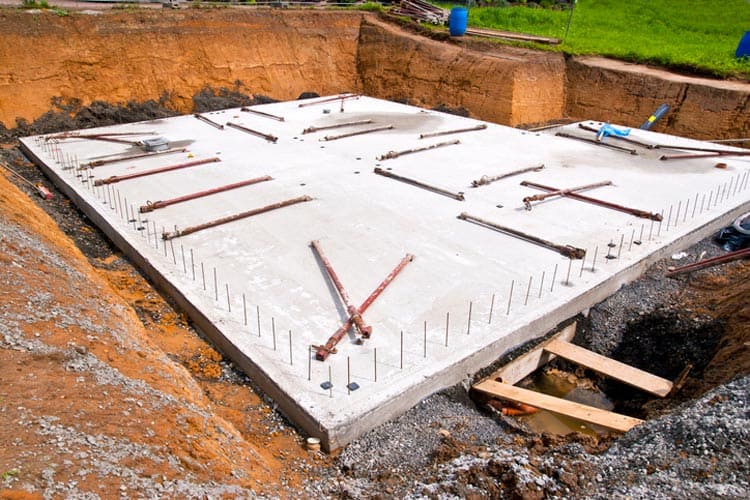First and foremost, let me start by saying that concrete slab construction is a staple in the construction industry. It’s versatile, durable, and cost-effective. However, with all the benefits come a fair share of hazards, and it’s important that we’re all aware of them and take the necessary precautions to stay safe.
One of the biggest dangers of concrete slab construction is the risk of falling. Slab edges and holes pose a significant hazard, and falls from height can be life-threatening. That’s why it’s essential to secure the perimeter of the slab with guardrails, nets, or covers. It’s also important to mark the slab edges and holes with high visibility paint or tape, so workers can easily spot them and avoid them.
Another danger of concrete slab construction is the risk of getting caught in moving machinery or equipment. Workers who operate machines like excavators, bulldozers, or cranes must be highly skilled and adequately trained to avoid accidents. Workers on the ground must also be aware of their surroundings and keep a safe distance from moving machinery.
In addition to physical hazards, concrete slab construction can also pose health risks. The production and handling of concrete generate dust that can irritate the eyes, nose, and throat, and in severe cases, cause lung diseases. Workers who are exposed to concrete dust must wear proper protective equipment, such as masks or respirators, and avoid working in confined spaces with poor ventilation.
Another health risk associated with concrete slab construction is the exposure to harmful chemicals. Some concrete mixtures contain additives, such as accelerators or plasticisers, that can cause skin irritation, burns, or even cancer. Workers must wear appropriate personal protective equipment, such as gloves and goggles, and follow strict handling procedures when dealing with concrete mixtures.
Now that we’ve covered the dangers of concrete slab construction, let’s talk about some safety recommendations to mitigate those risks.
Firstly, all workers involved in concrete slab construction must receive adequate training and follow proper safety procedures. This includes wearing the necessary personal protective equipment, maintaining a safe distance from moving machinery, and securing the perimeter of the slab.
Secondly, it’s crucial to have a safety plan in place before starting any concrete slab construction project. The plan should include hazard assessments, emergency procedures, and communication protocols.
Thirdly, it’s essential to conduct regular safety inspections and maintenance on all equipment and machinery. This includes checking guardrails, nets, and covers, as well as inspecting and maintaining machines to ensure they’re in good working condition.
Lastly, communication is key when it comes to safety in concrete slab construction. All workers must be aware of the potential hazards and safety procedures, and they should feel comfortable reporting any safety concerns or incidents to their supervisors.
In conclusion, concrete slab construction is a fantastic option for many construction projects, but it comes with its fair share of hazards. It’s crucial that we’re all aware of the risks and take the necessary precautions to stay safe. By following proper safety procedures, wearing the necessary personal protective equipment, and communicating effectively, we can minimise the risk of accidents and create a safe working environment for everyone involved.
Cheers,

![]()






